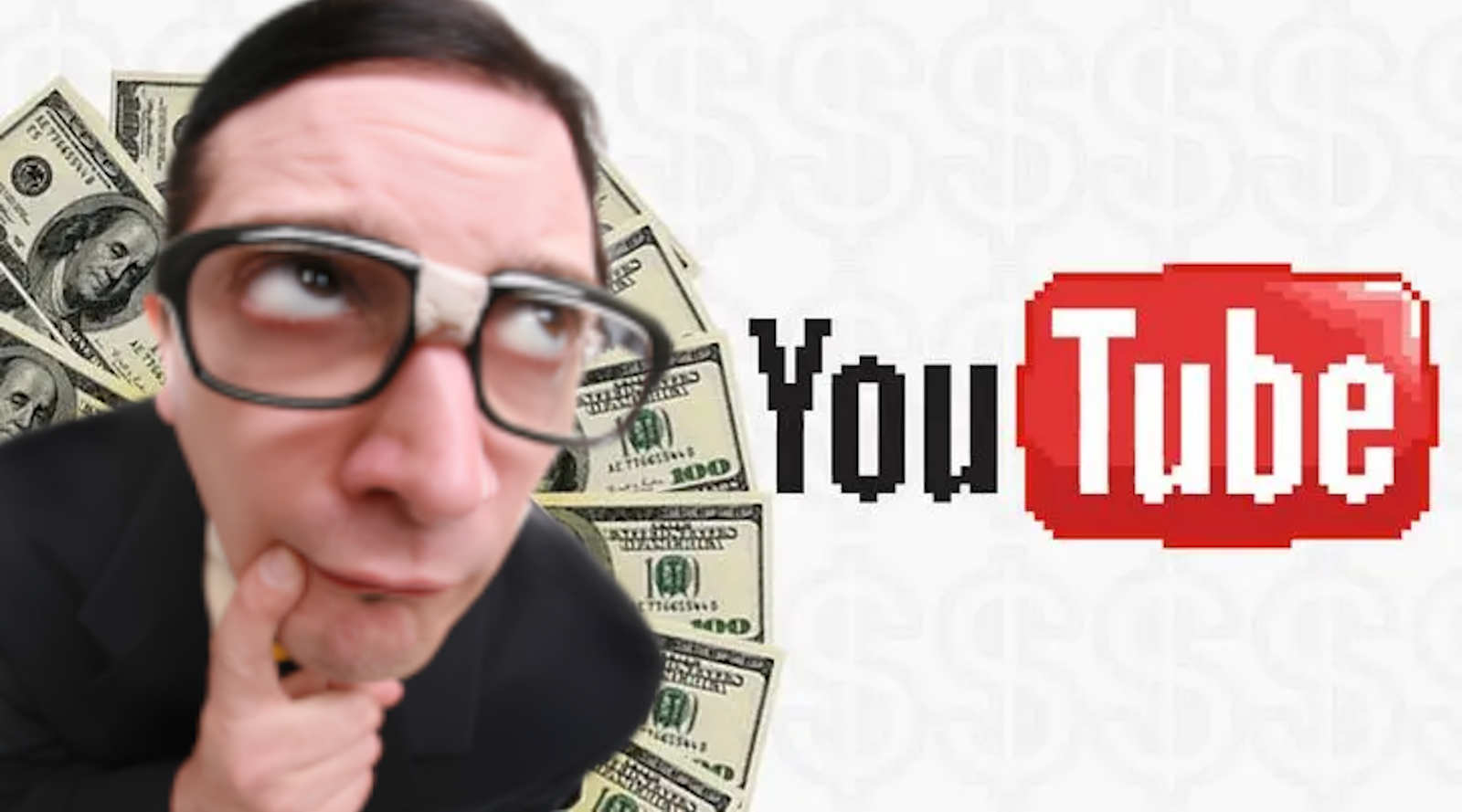- MrBeast becomes the youtuber with the most subscribers in the history of the platform
- You no longer need to be a YouTube Premium subscriber to play YouTube’s more than 75 free mini-games
It is impossible to offer an exact amount, but the payout is usually between US$ 0.40 and US$ 4 per thousand views, on average, although in some cases the value oscillates above or below these values. And this is only an estimate, as both the algorithm and the winnings are secret and practically impossible to determine exactly. Here are some of the formulas and variables that determine video revenue.
SEE ALSO: 6 Extravagant Deeds Done by Rich People in History

This is a value that varies radically depending on the case. For example, a American YouTuber can have an extremely lucrative video with 50,000 views and earn an average of US$3.2 per 1,000 views. If that account has about 35 thousand subscribers and an average of 1.5 million total views, it is possible to make some money. But it’s nothing compared to a giant like PewDiePie, which has more than 111 million subscribers, 29 billion views (Feb 2024) and is geared towards an English-language audience. It has been estimated that this invoices between US$ 800 thousand and US$ 8.4 million per year with his channel. That makes you want to start making videos, right?
Monetized videos.
To partner with YouTube and be able to place ads on videos, you need to own 100% of the copyright to your videos (things as simple as a song by a famous band that your neighbor played and casually heard in your video can break this rule). What counts for YouTube are only monetized views, i.e. those in which the user interacts with the ad. For an ad to count as viewed, the user needs to click on it or, in the case of videos, watch it for at least 30 seconds.
Apps used to block ads and the like make a view no longer considered monetized.
Cost Per Mileage (CPM)
Cost per thousand (CPM) is the amount an advertiser pays YouTube for every thousand views monetized. CPM is always changing, all the time, and YouTube is totally tight-lipped about the criteria it uses to determine it. But everything is taken into account: from the amount the advertiser is willing to pay to the relevance of the distribution channels. This is why there is no reference table. But the average is a dollar and a little more for every thousand views.
The percentage of Youtube.
YouTube doesn’t pass the full CPM value to the channel owner. The company keeps a percentage (known as “revenue share“), an important part of its sources of income. The company does not disclose the official value of the percentage that remains, but the figure that circulates all over the Internet, even on specialized portals, is 45%.
Ad types.
The Display Ad appears right next to the video being viewed. It only appears to desktop or laptop users.
Overlay Ads are the transparent banners that are positioned at the bottom of the video.
The Skippable Video Ad is the commercial with the available Skip tab that is triggered before, during, or after the video is played. It is the most popular type of ad and can be viewed on your computer, smartphone, smart TV, and game console.
The Non-Skippable Video Ad is, as the name suggests, a commercial that must be watched in its entirety for 30 seconds and is only intended for desktop and smartphone computers.
Commitment and payment.
The question on everyone’s mind: do the number of subscriptions, the number of likes, comments, and views count towards the money made? Yes, but indirectly. What happens is that channels that take care of these aspects generate more engagement and, consequently, take more relevant positions in search and recommendation mechanisms. This causes a difference in the CPM value.

Accounting and payments are done through Google’s AdSense (the owner of YouTube), which also manages blog ads. If you manage to accumulate $100 at the end of the month, Google makes an international wire transfer to the registered bank account. If that $100 isn’t reached in one month, the value will roll over to the next.
Networks.
Something interesting that emerged on YouTube are the multi-channel networks, private companies that manage and offer support to channels in exchange for a percentage of their revenue. They offer structure, function as intermediaries, and can create opportunities for profit. If a user becomes a partner, they cease to be a partner of YouTube, which now deals only with the network.
Vevo, Defy Media (Smosh, Screen Junkies), Machinima (Inside Gaming) and Maker Studios (PewDiePie, Epic Rap Battles of History) are some examples of networks on YouTube.
Analytics.
In the ANALYTICS section of your channel you can see different parameters about your videos.
- Average CMP value of the channel.
- The channel’s total earnings.
- Monetized channel views.
- Ads used in the channel (classified by type)
- CMP of each ad.
- Entry of each ad.
Alternative sources to make money on YouTube.
Channels can look for alternative ways to make a profit, such as merch (using or advertising a product in their videos). The advantage of this practice is that YouTube doesn’t take any percentage – although it must be notified of the action and must follow the guidelines of its ad policy.

Comments